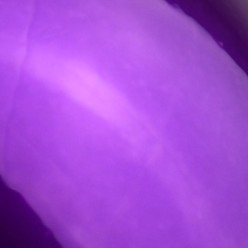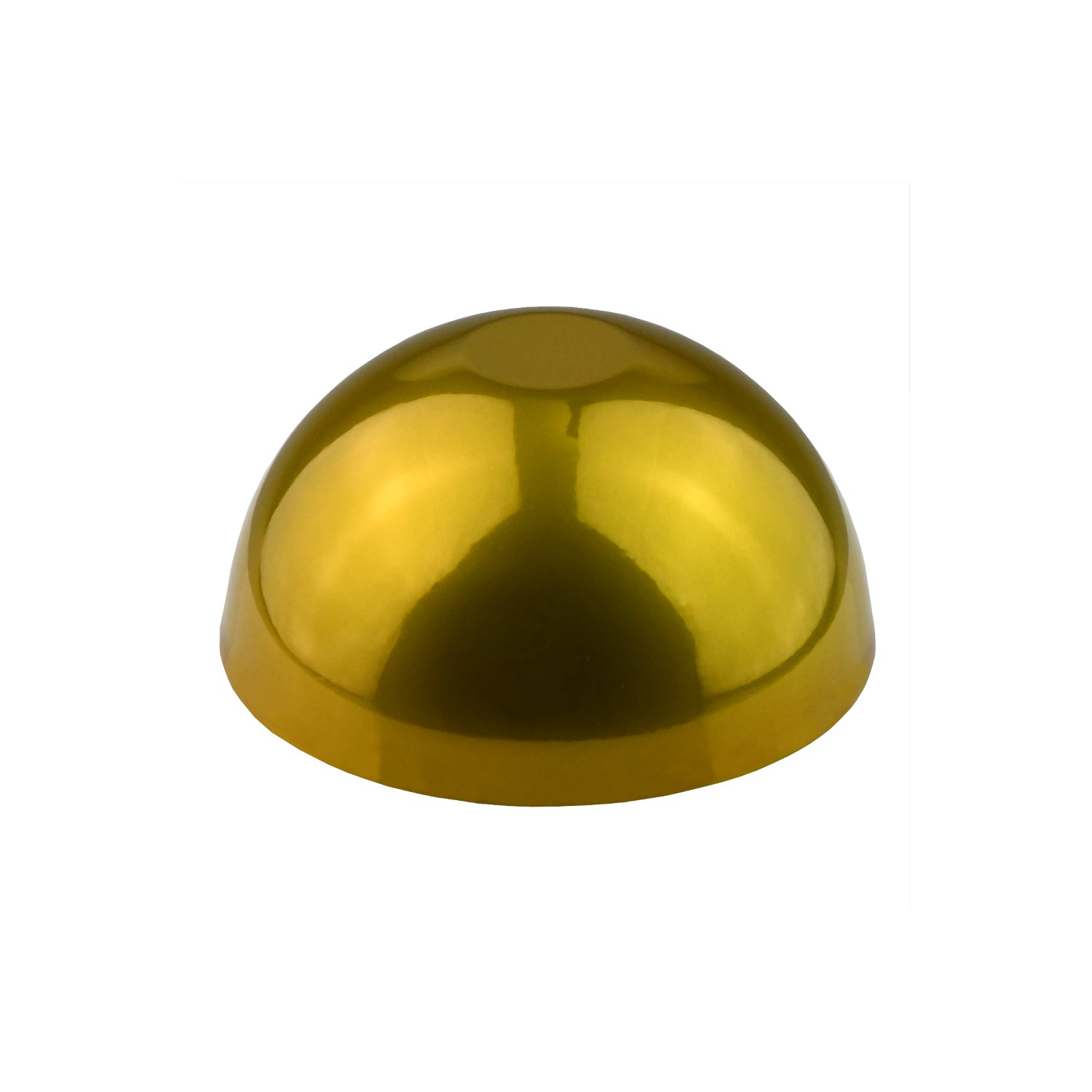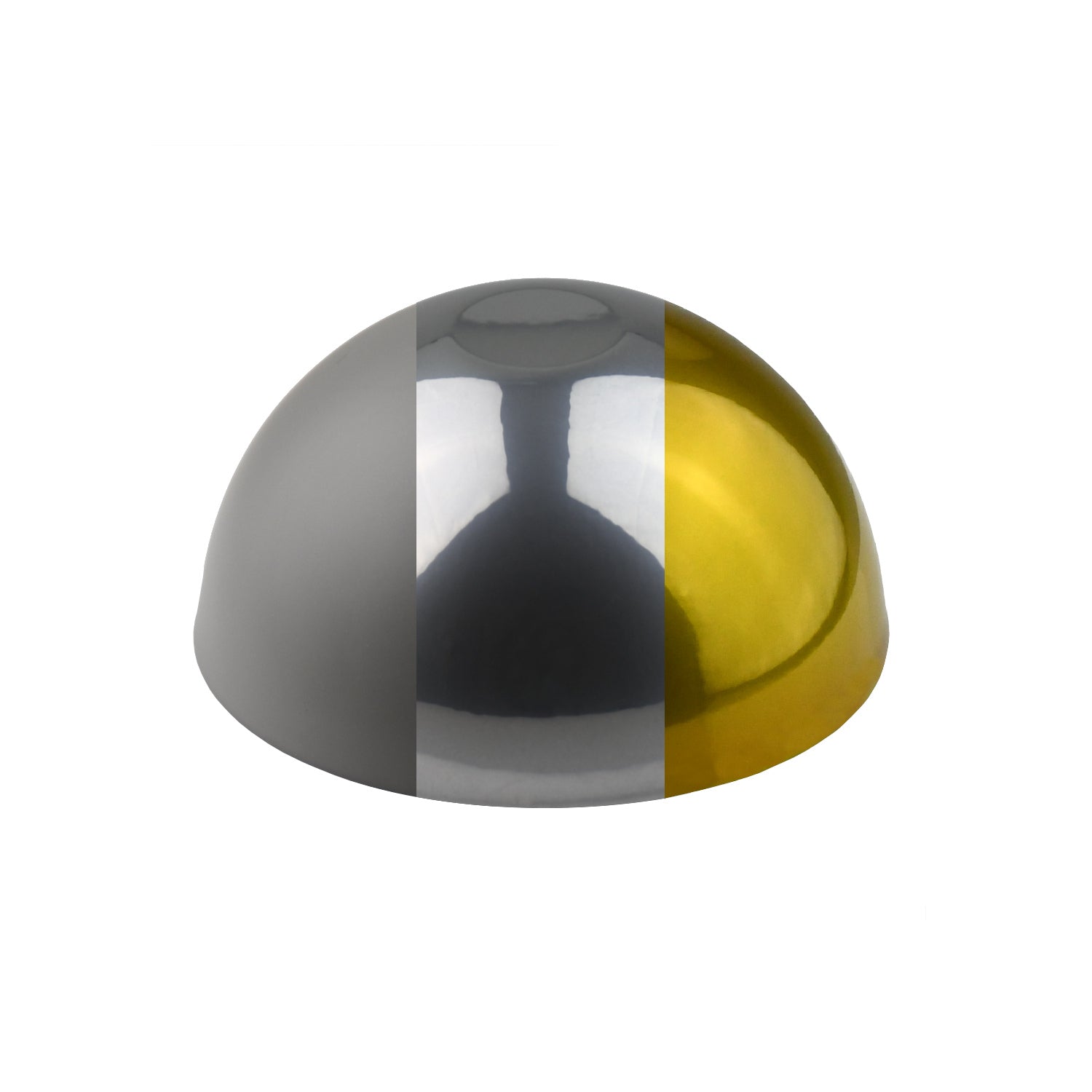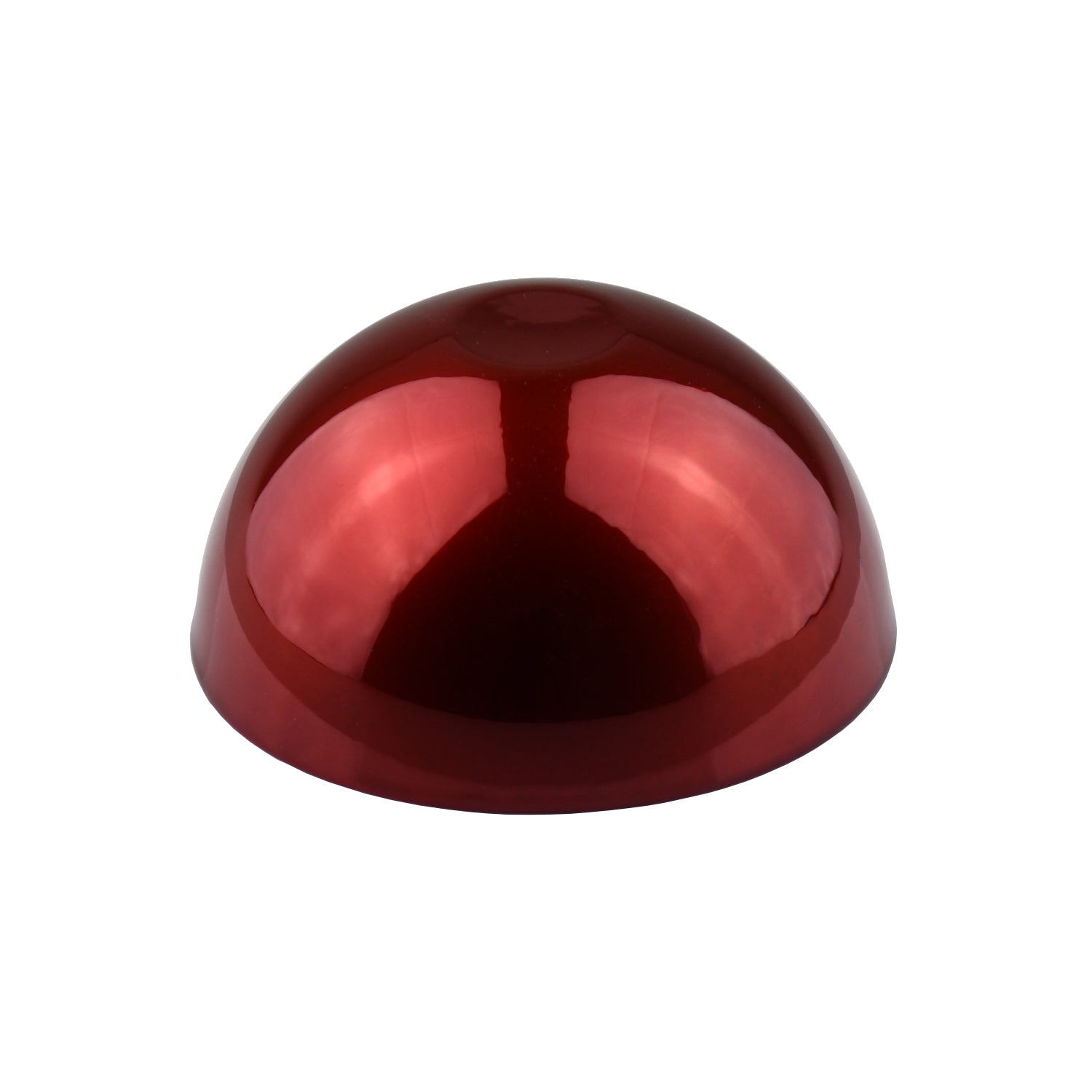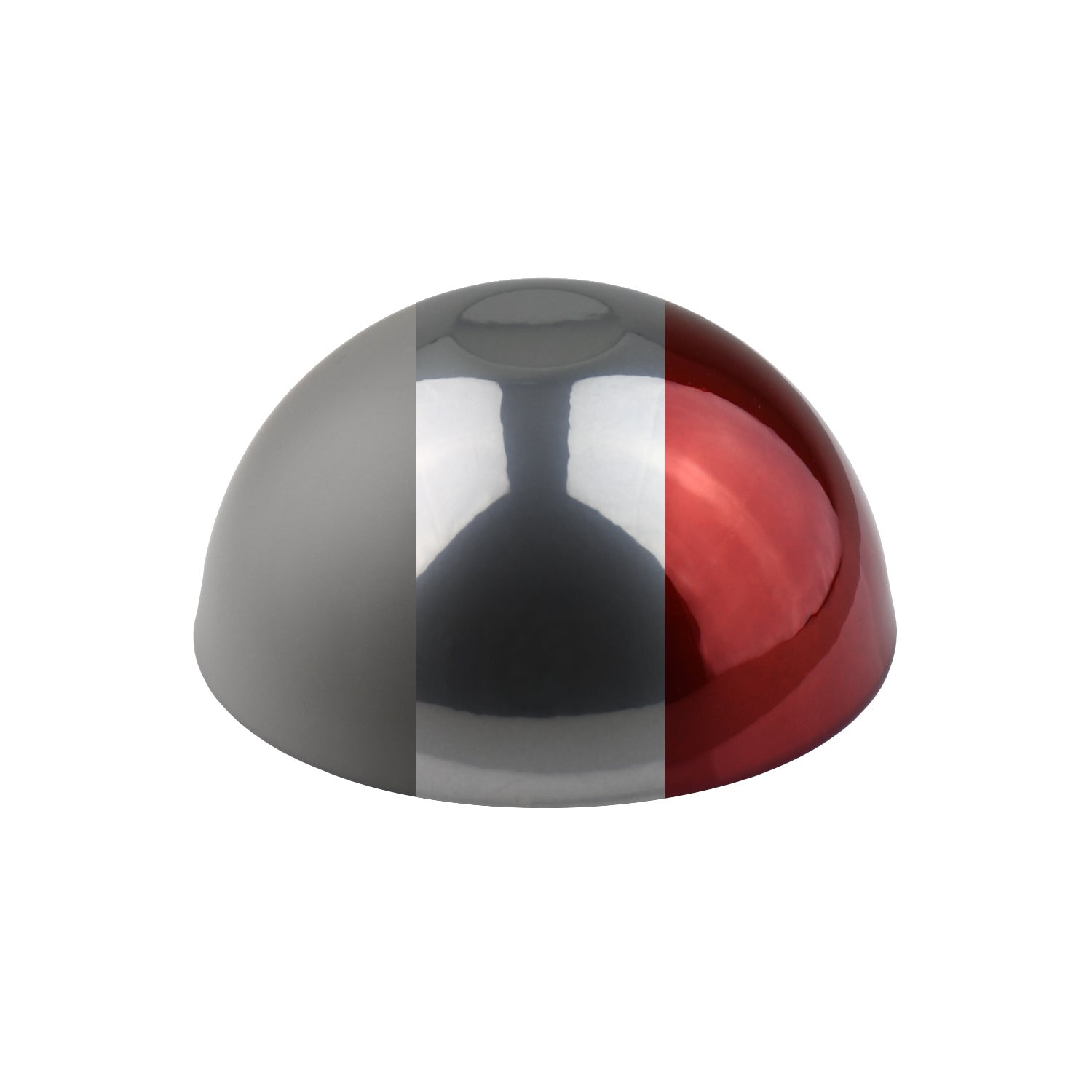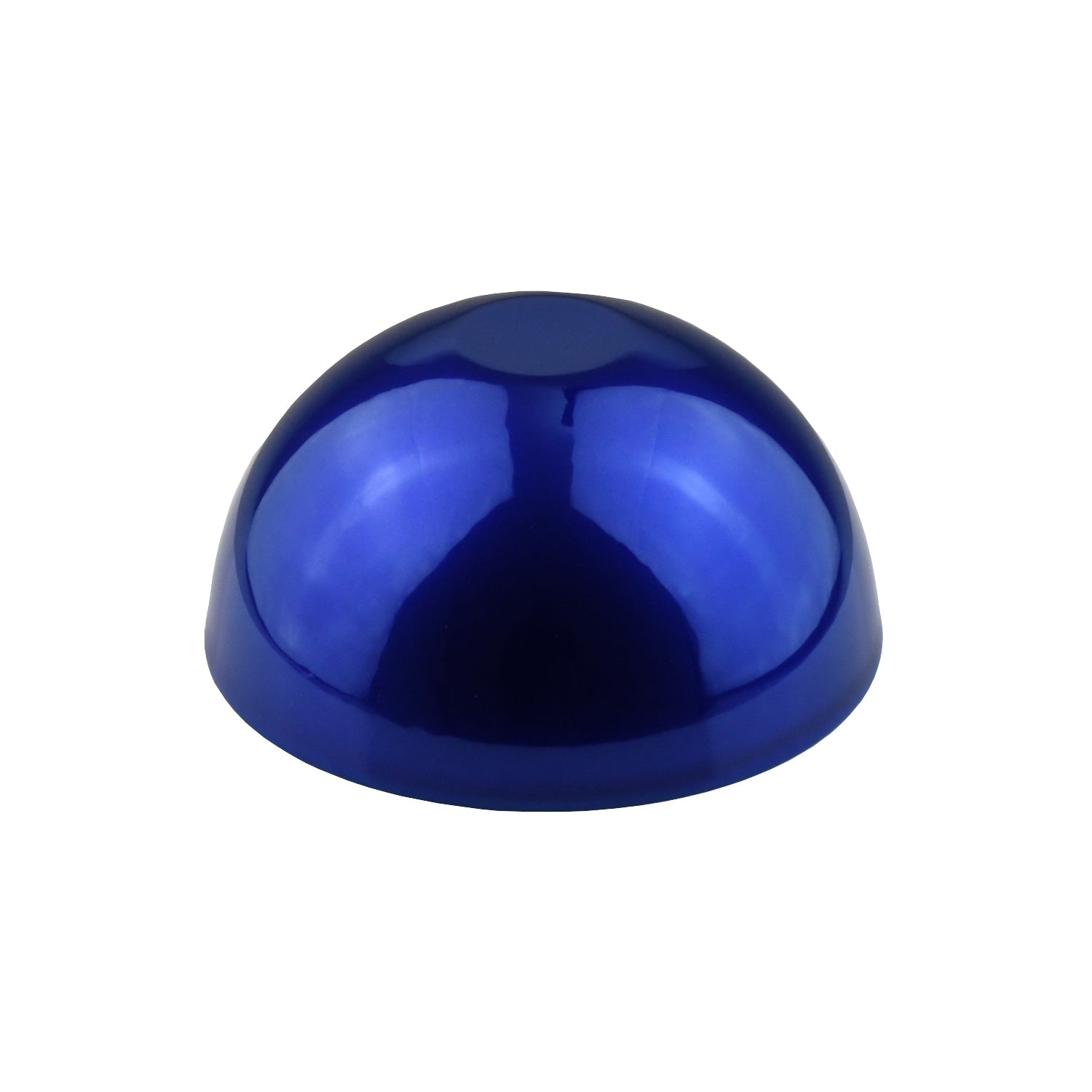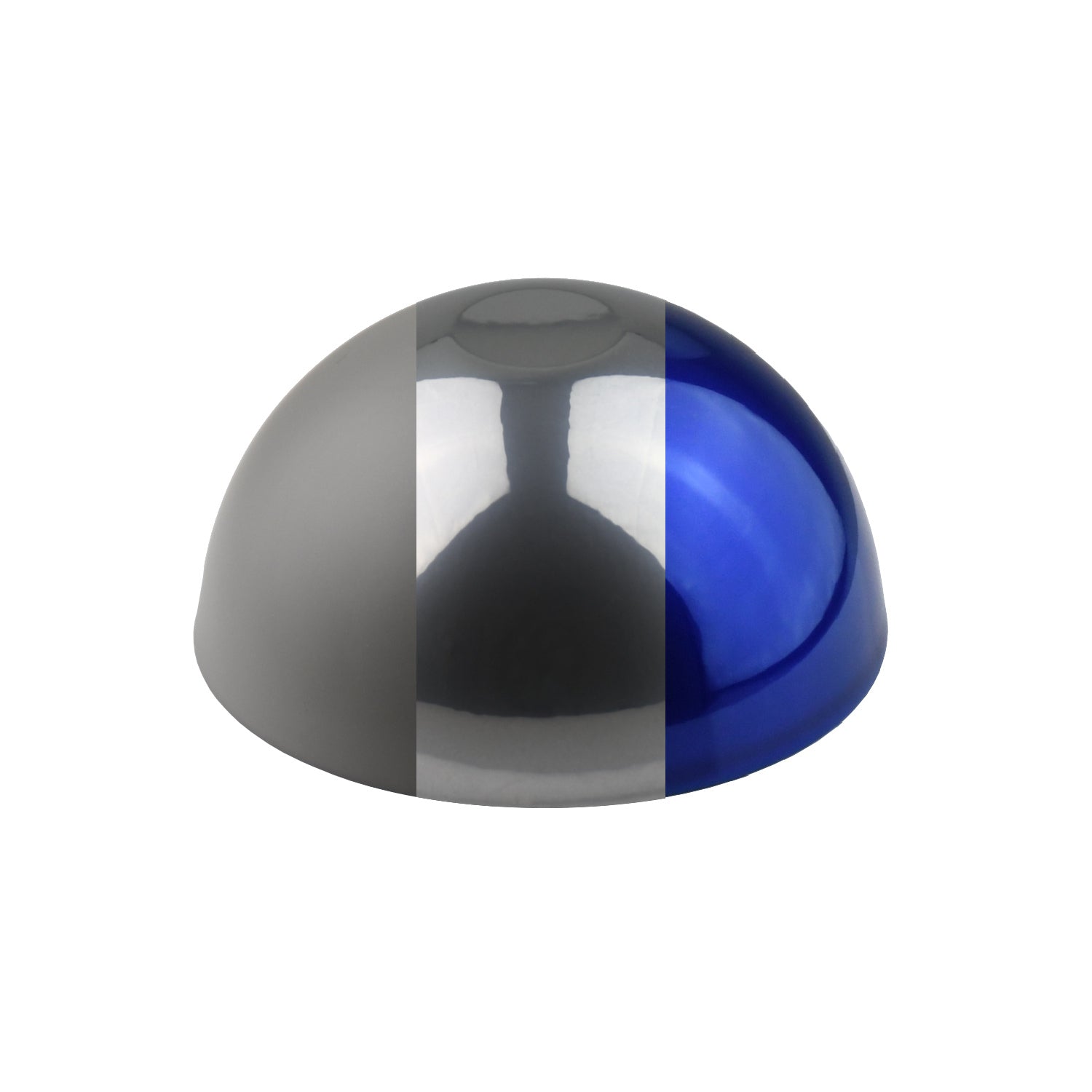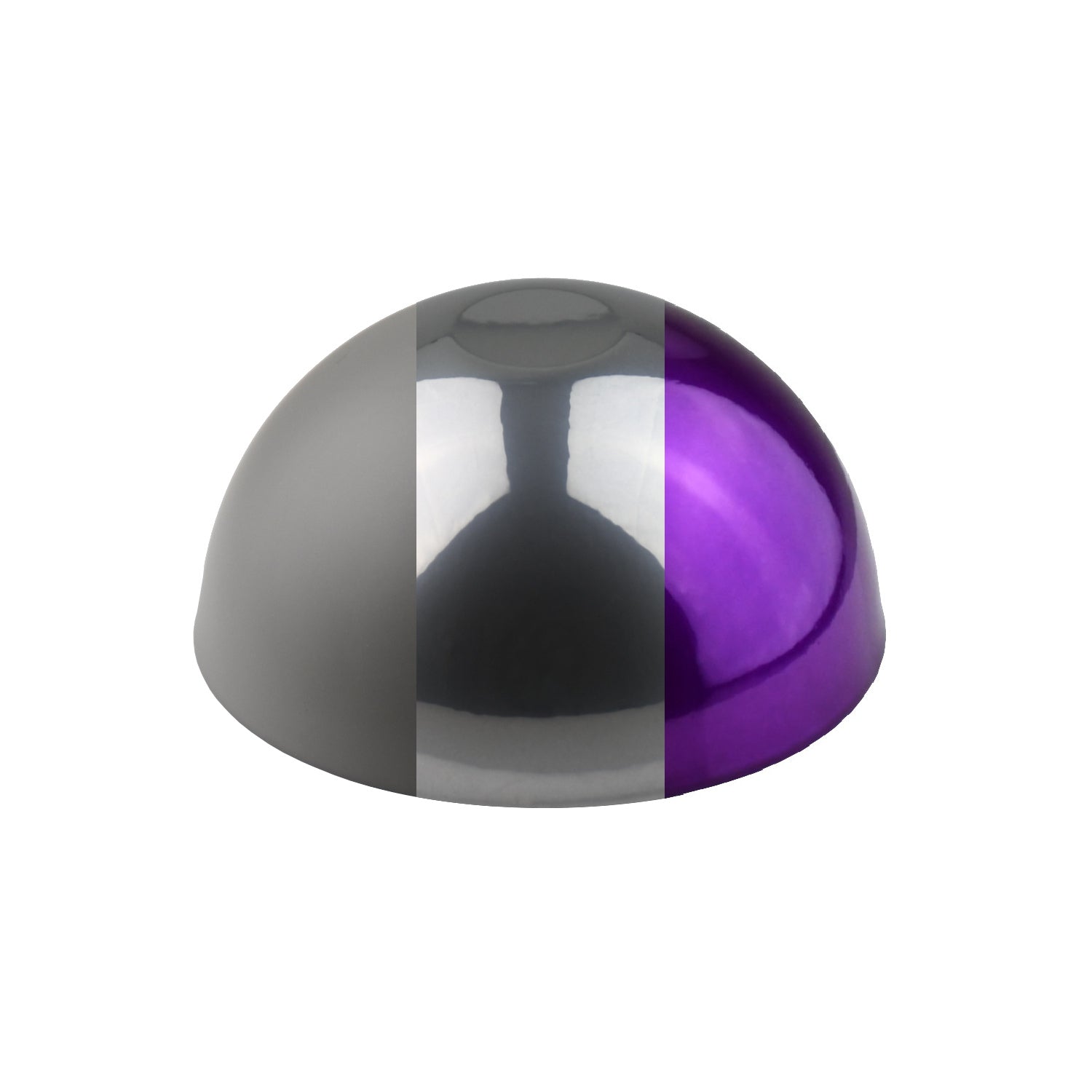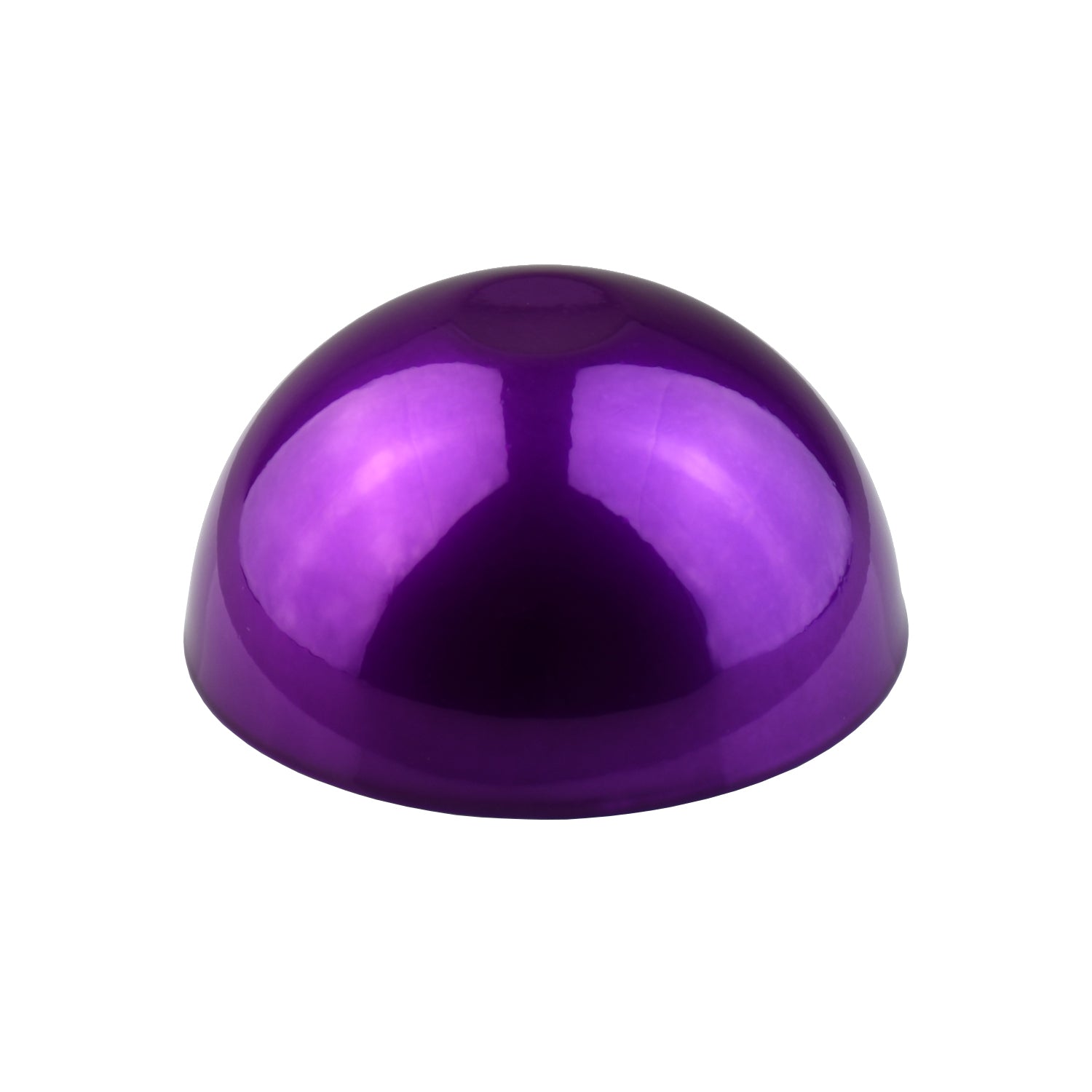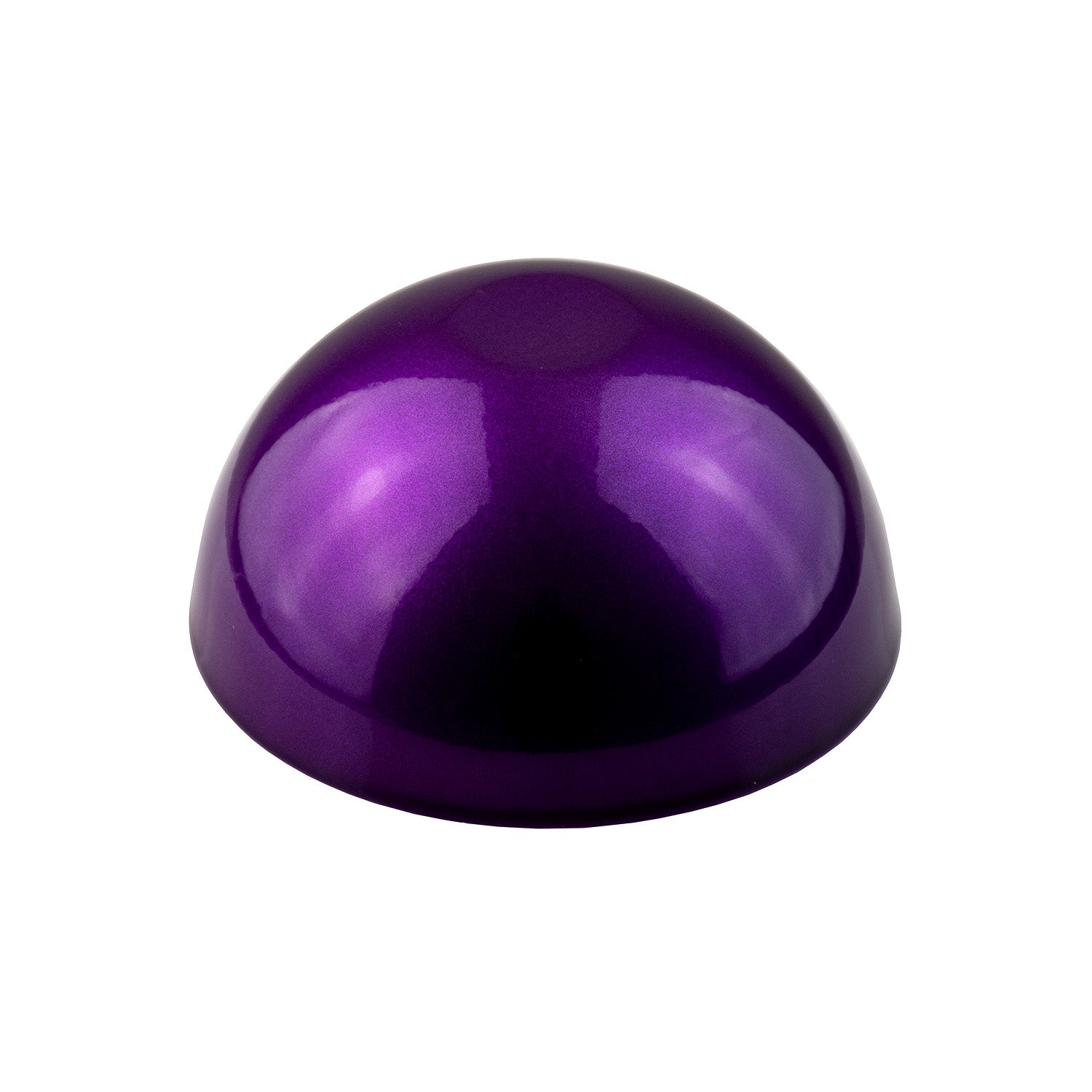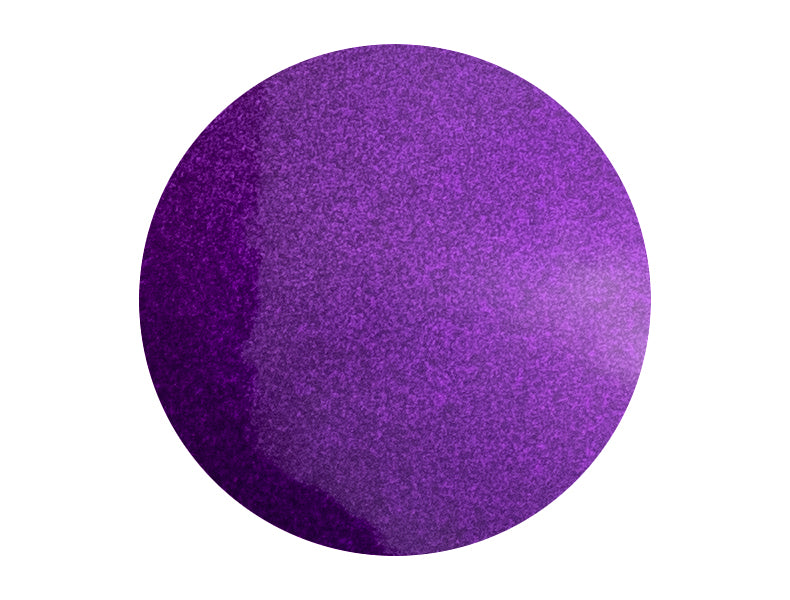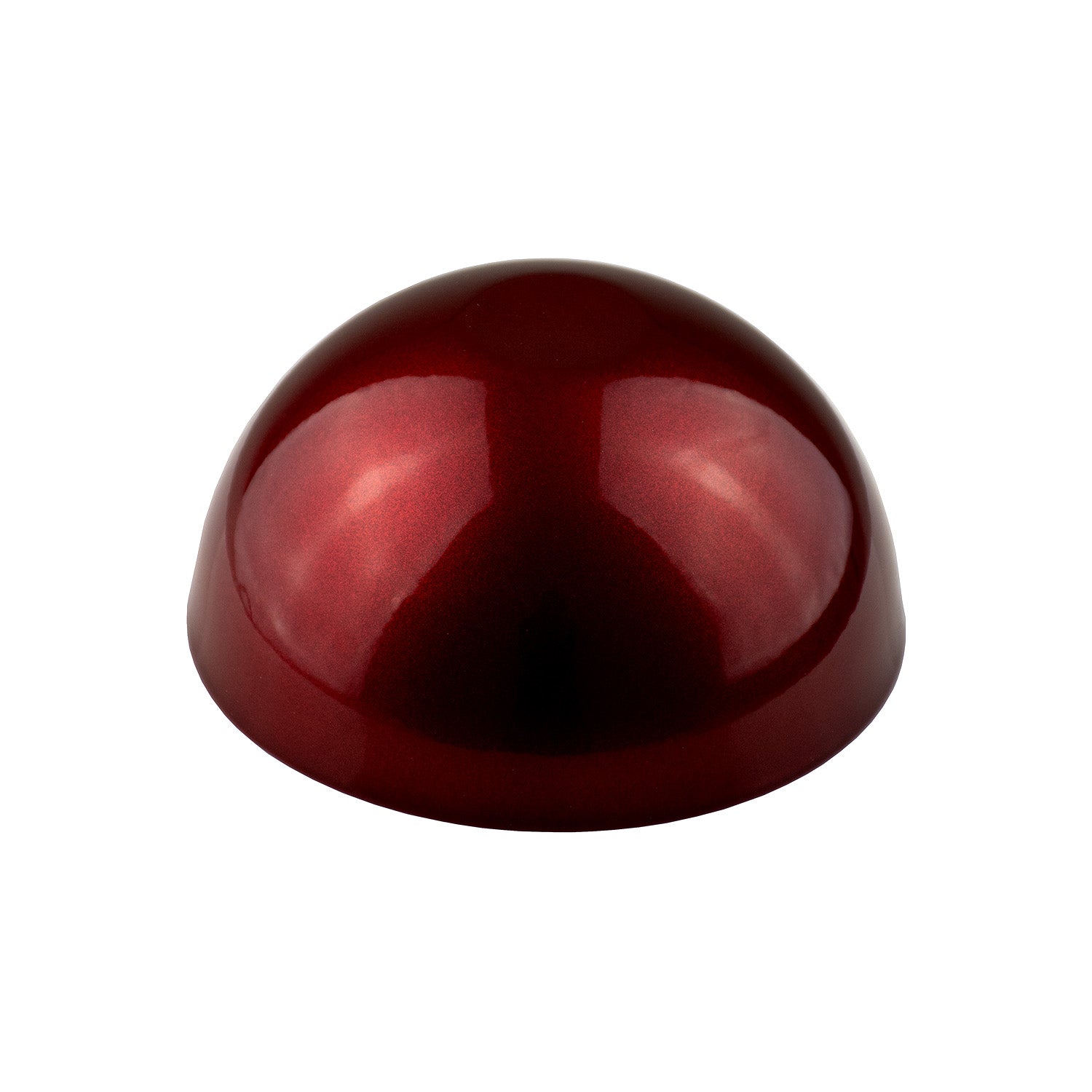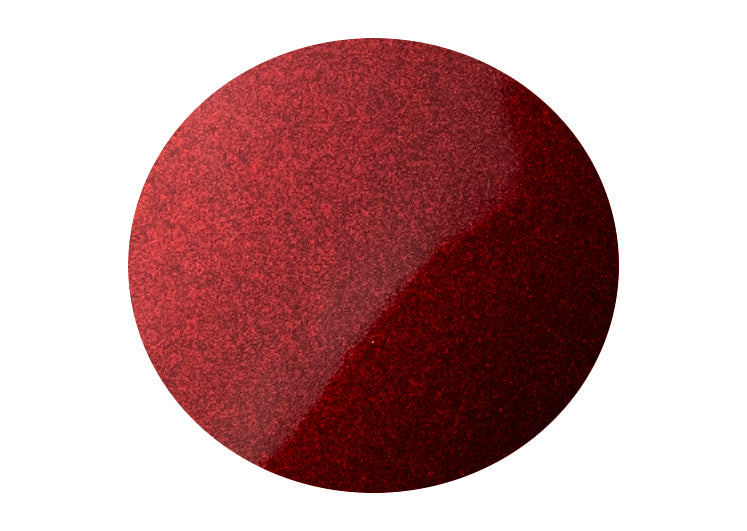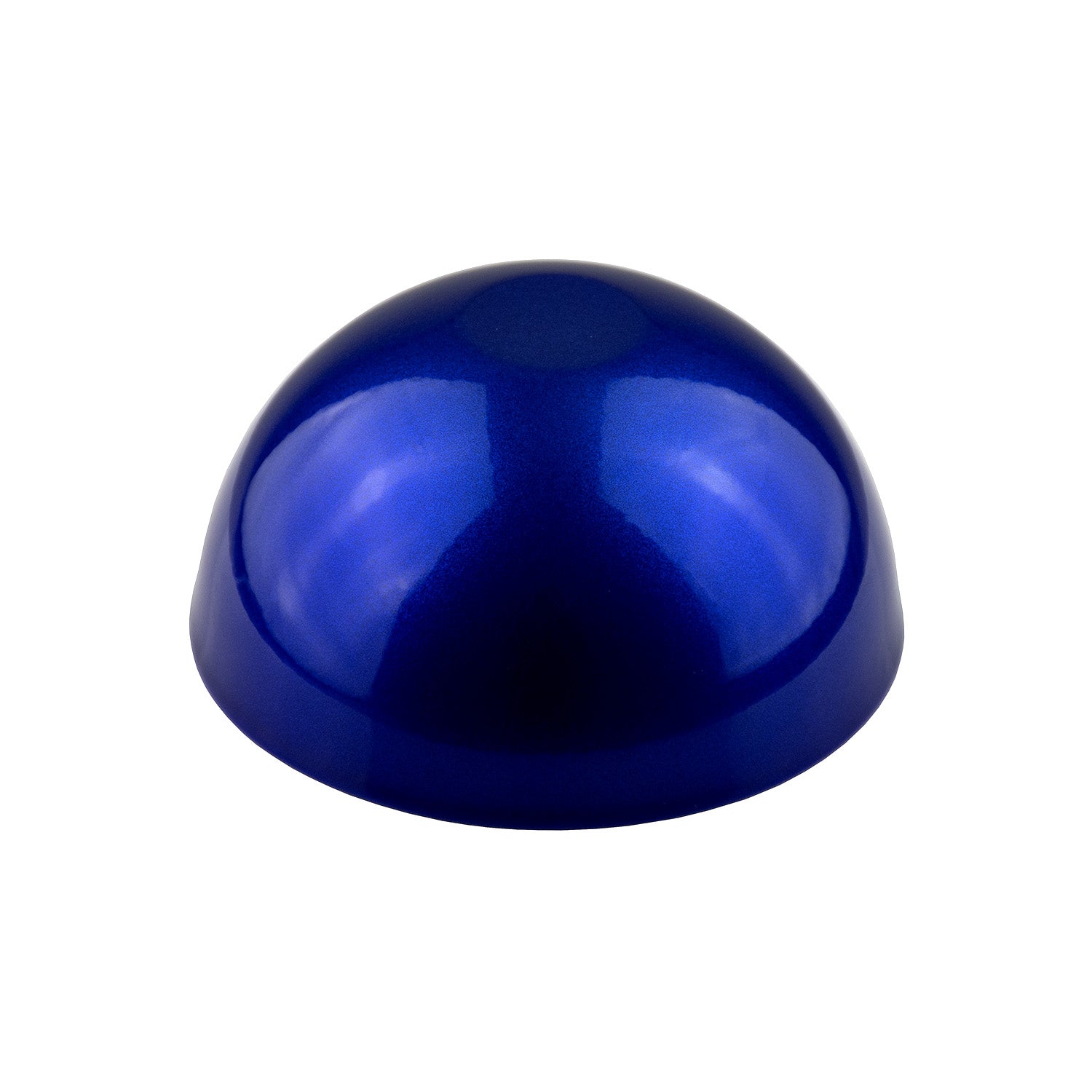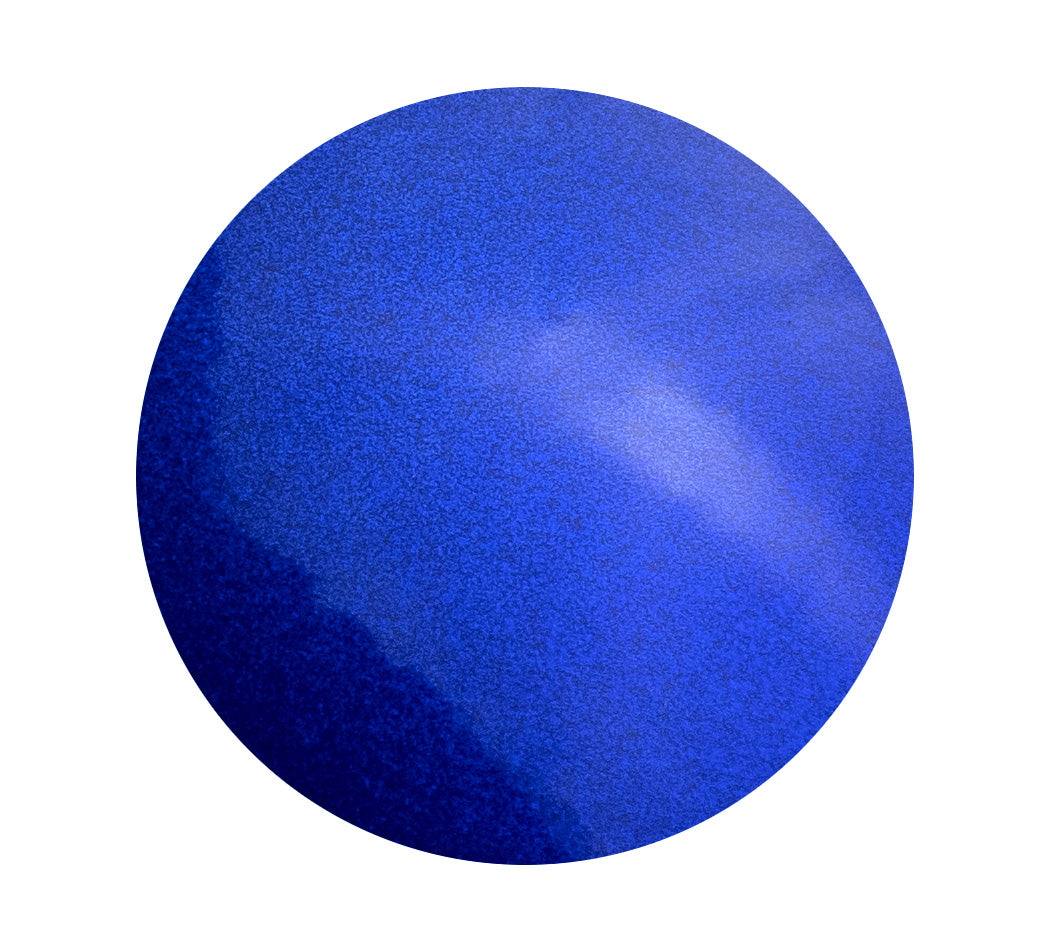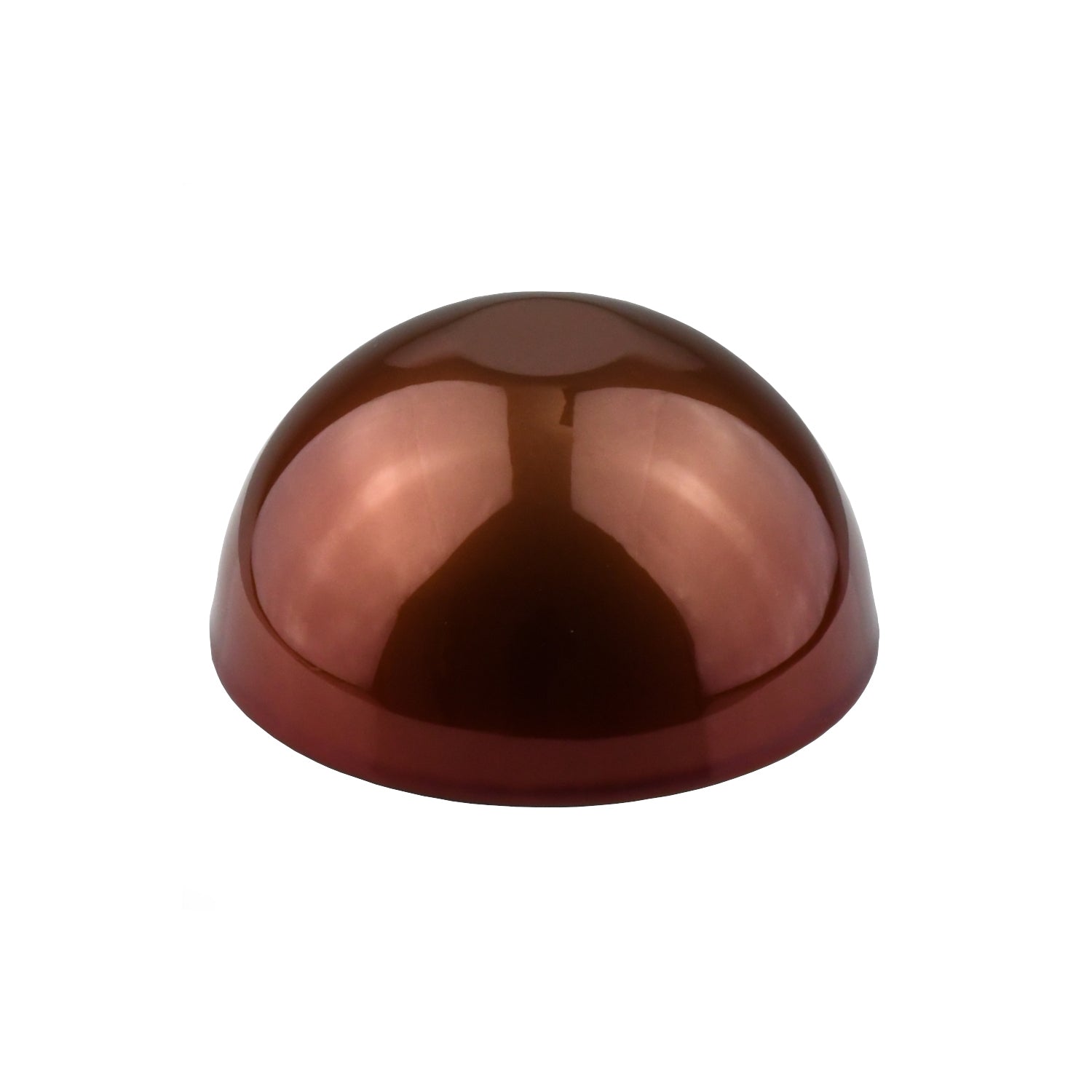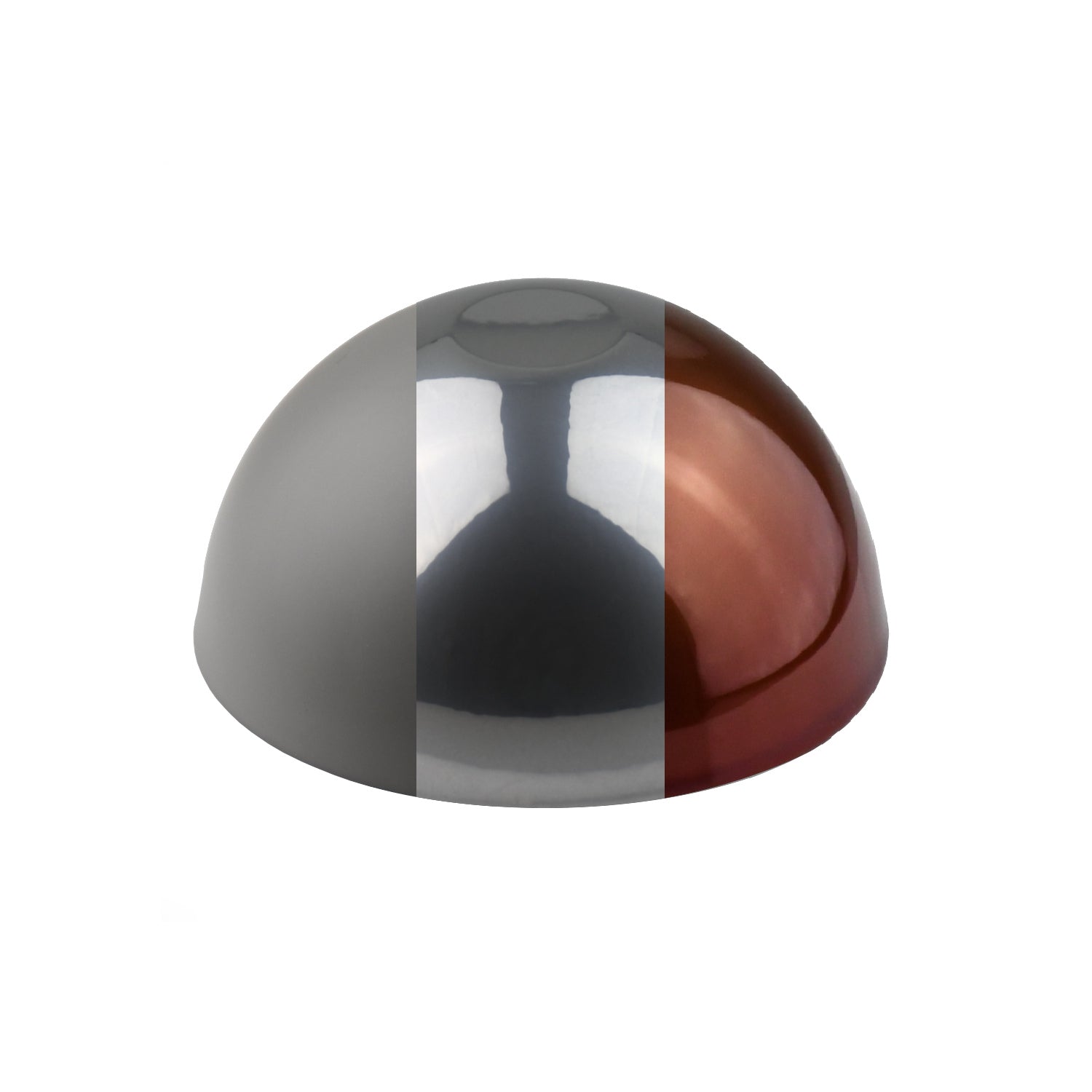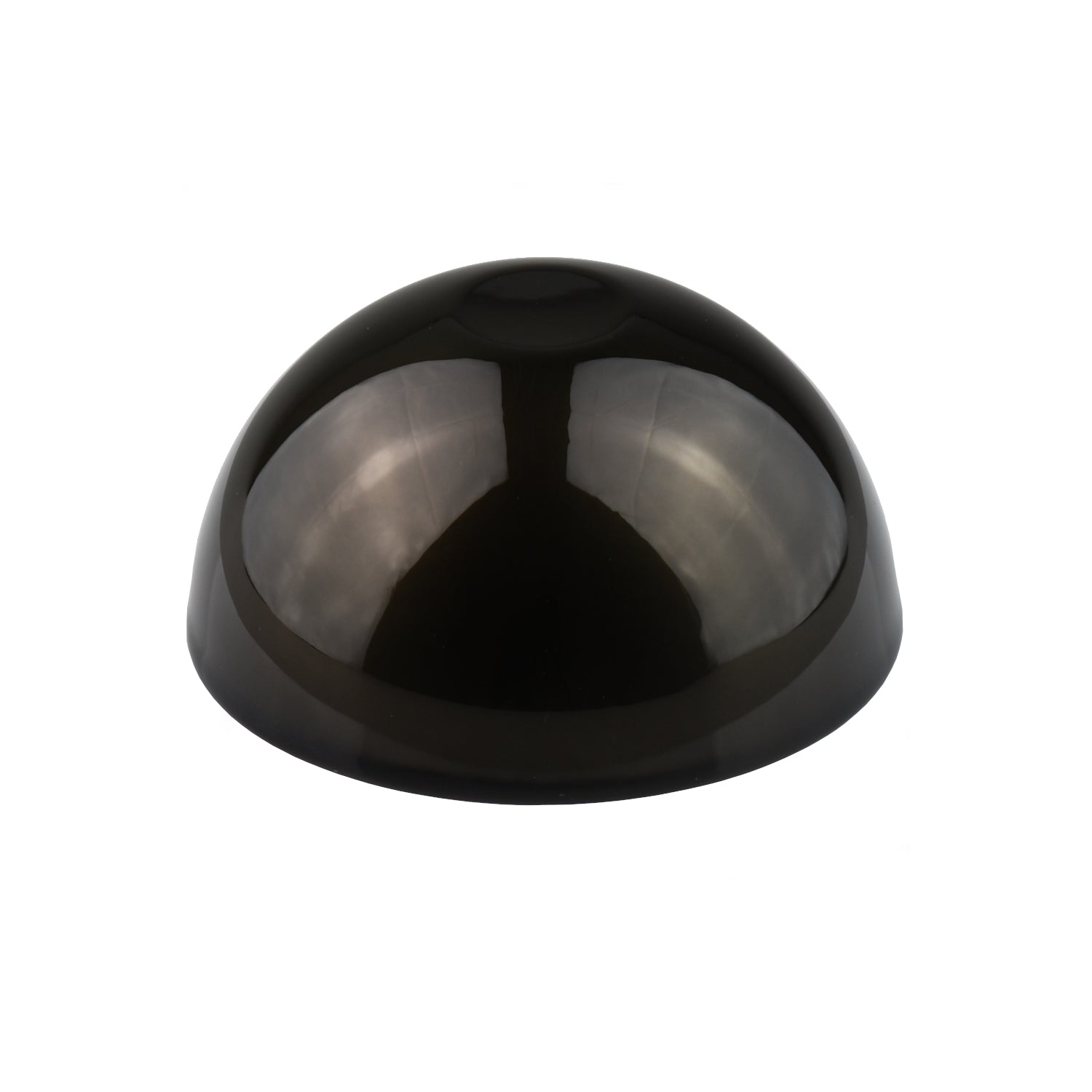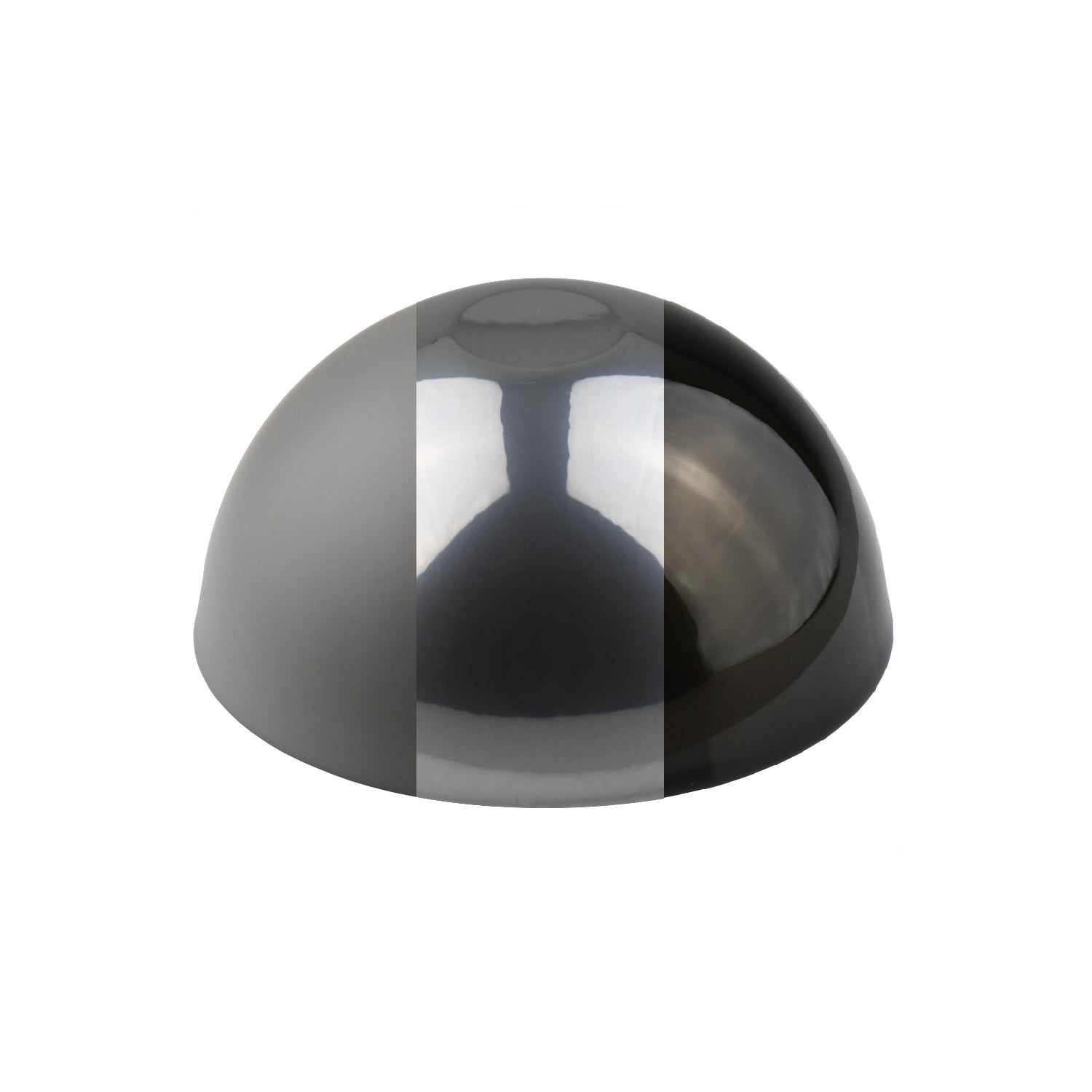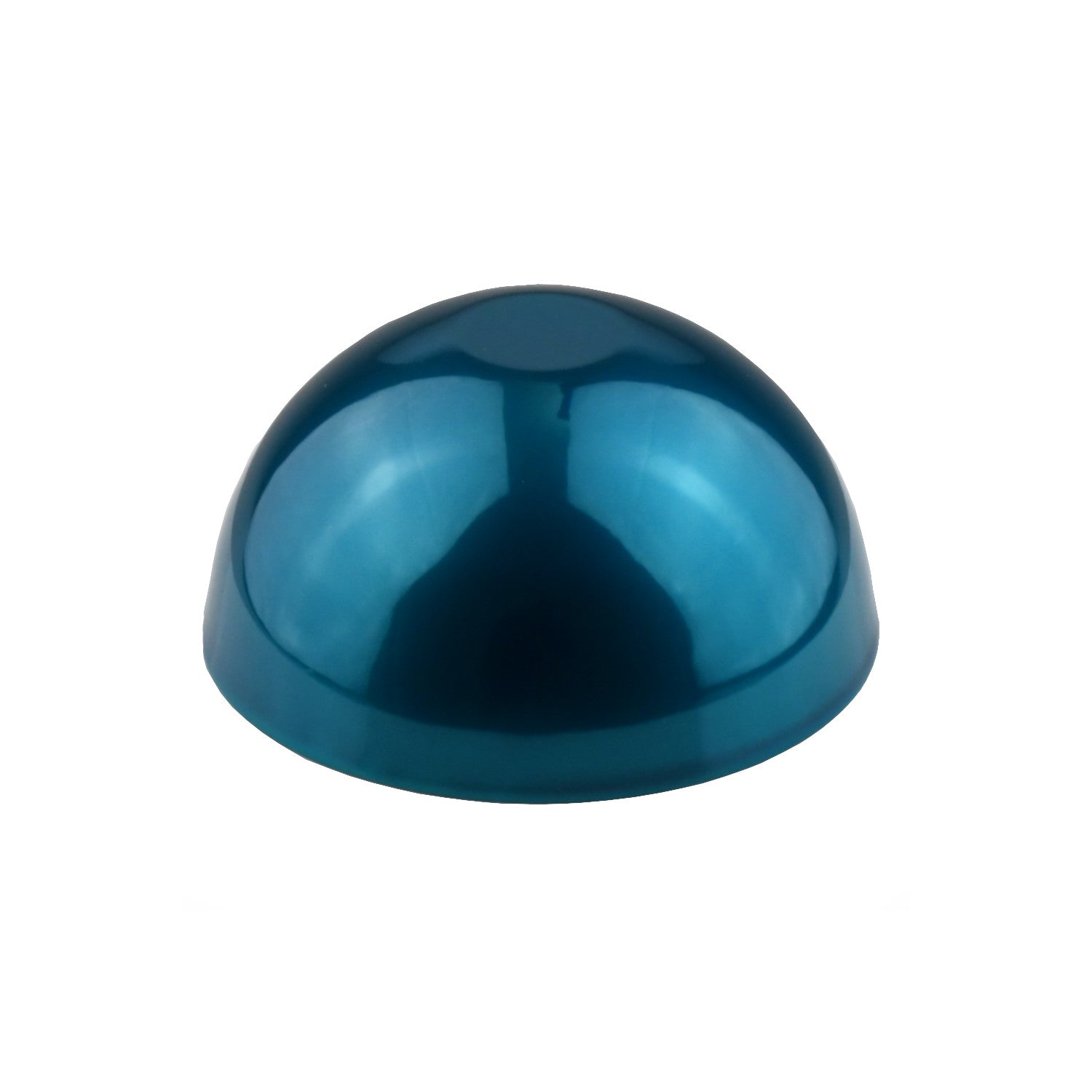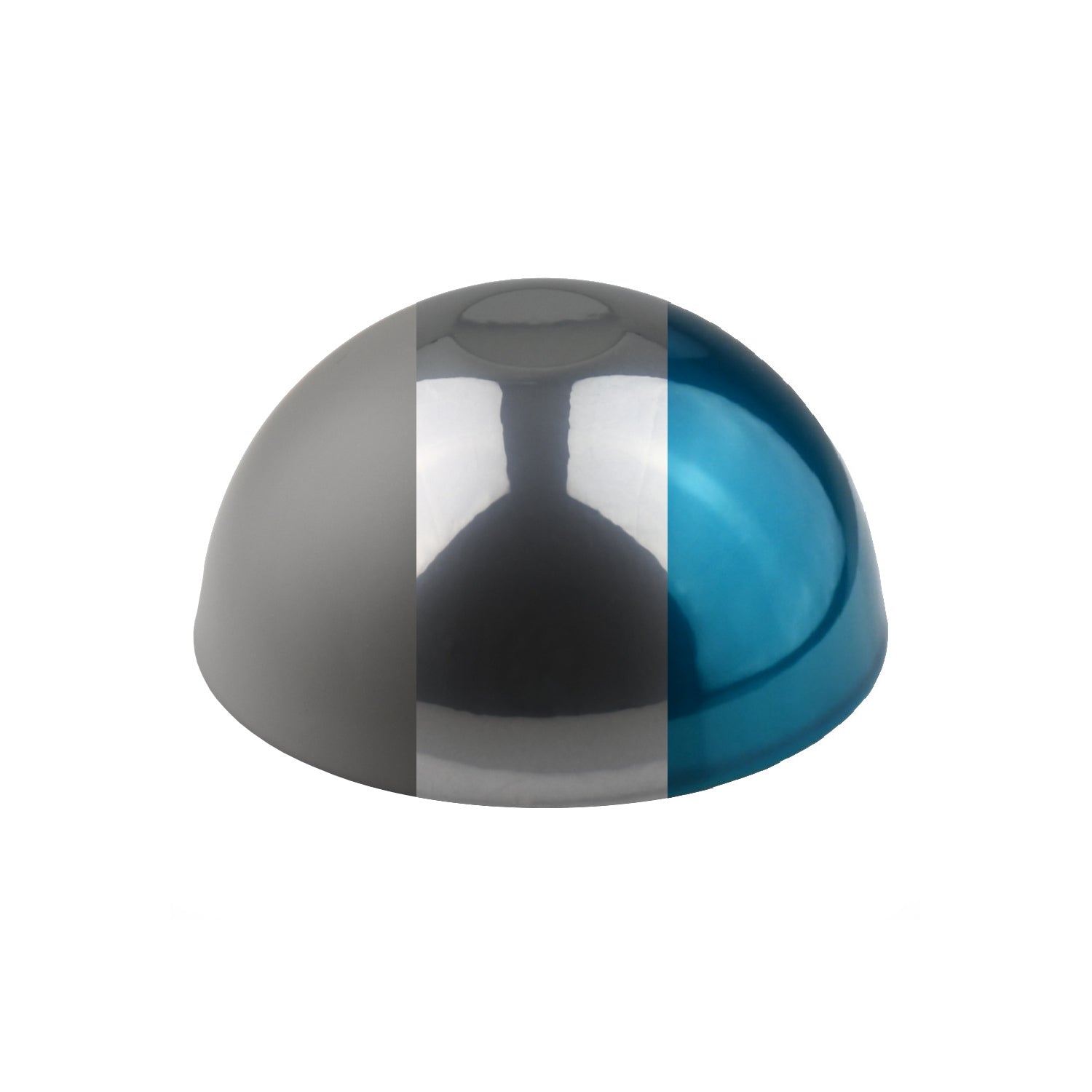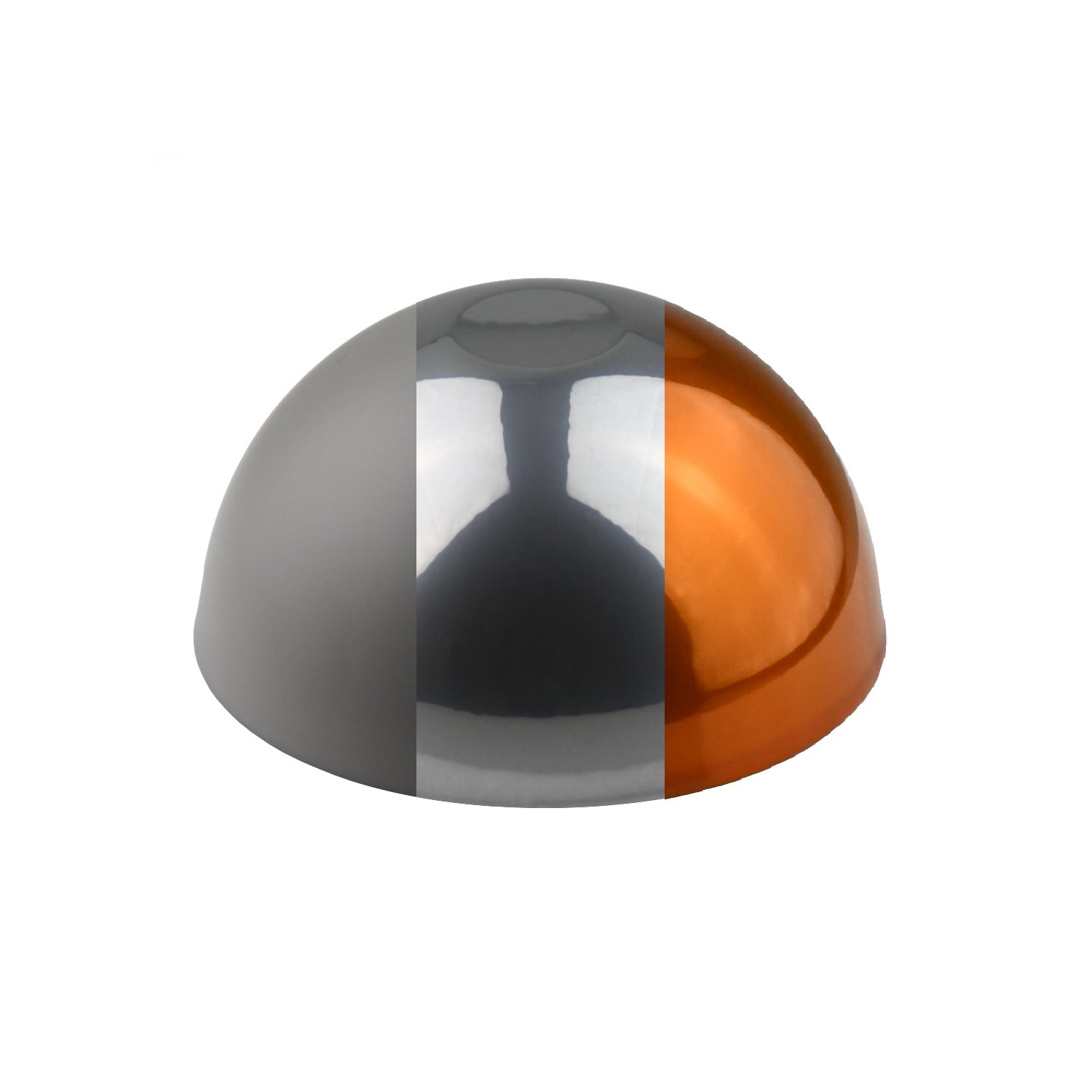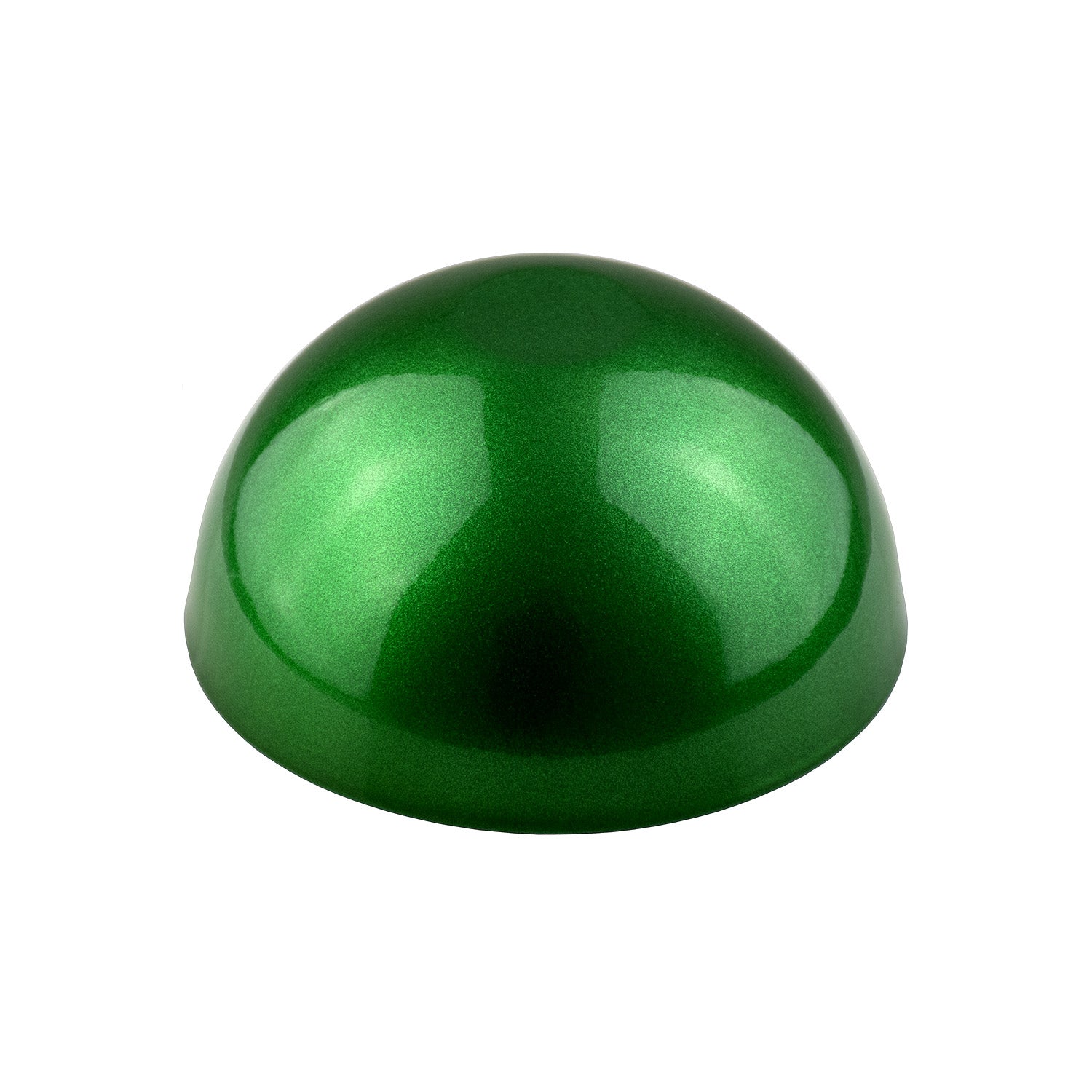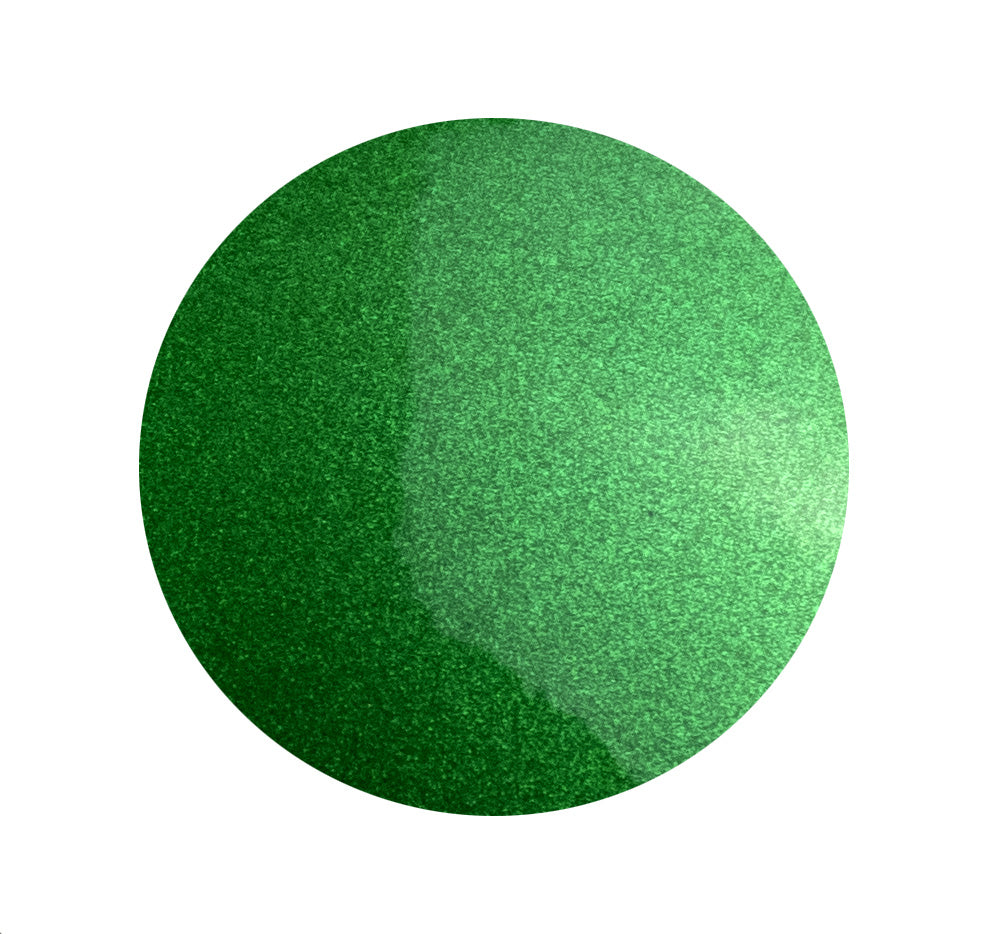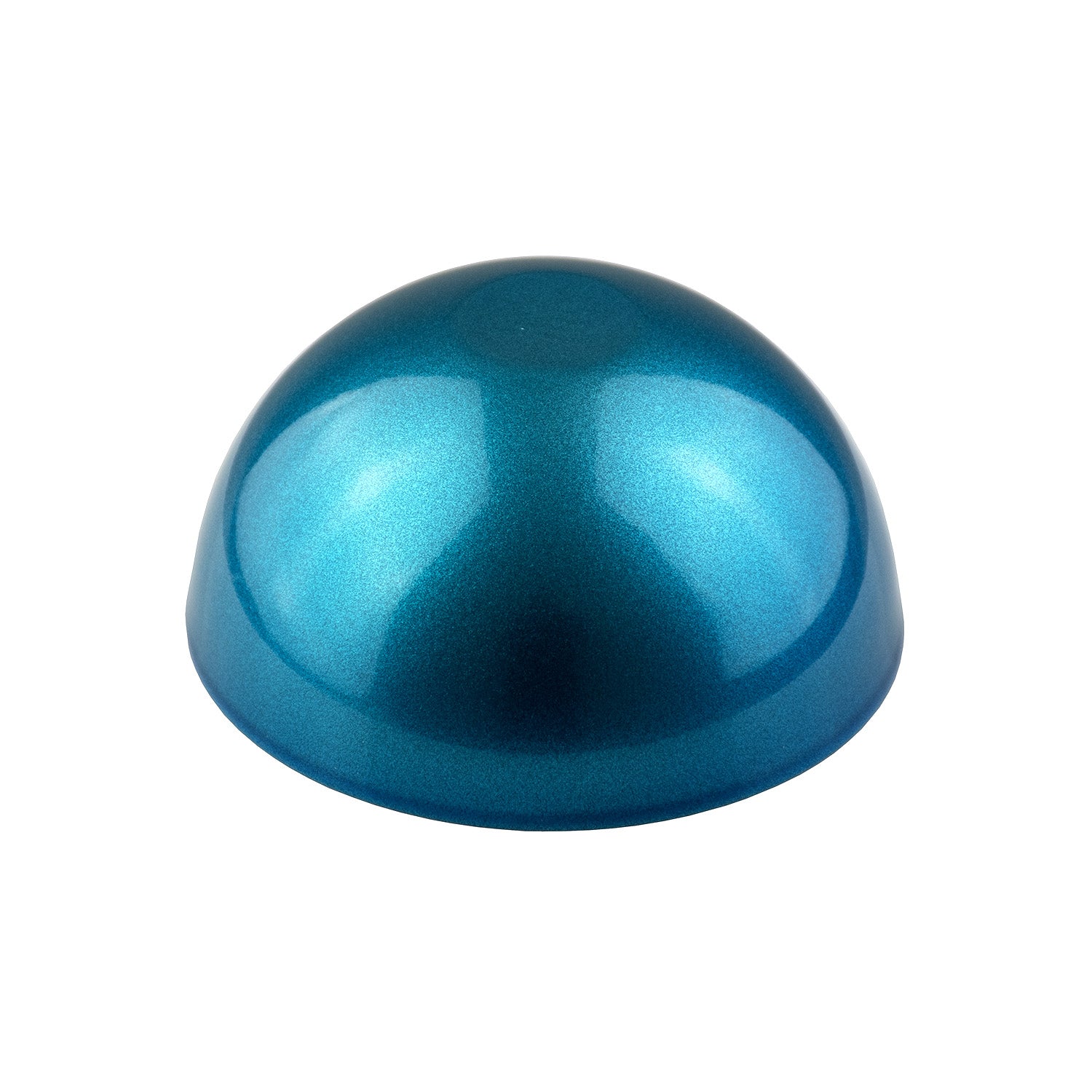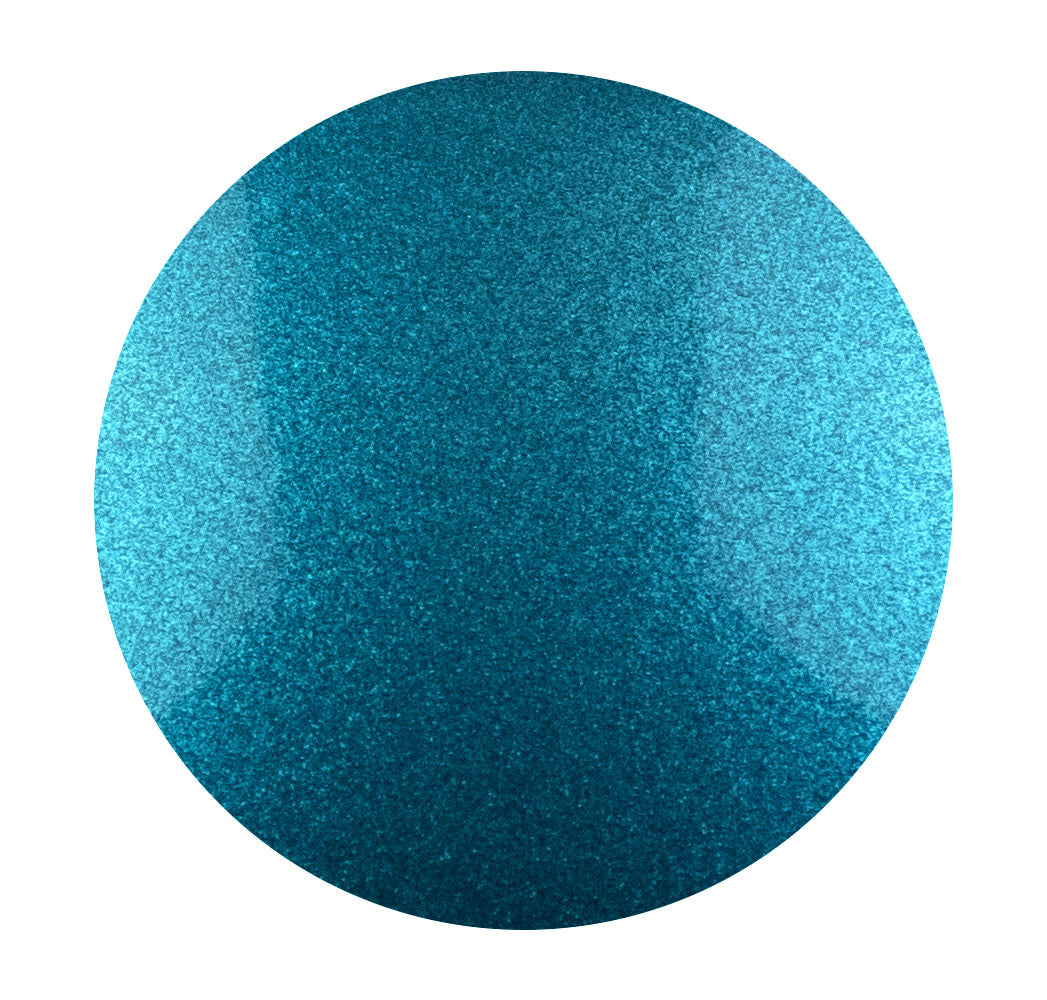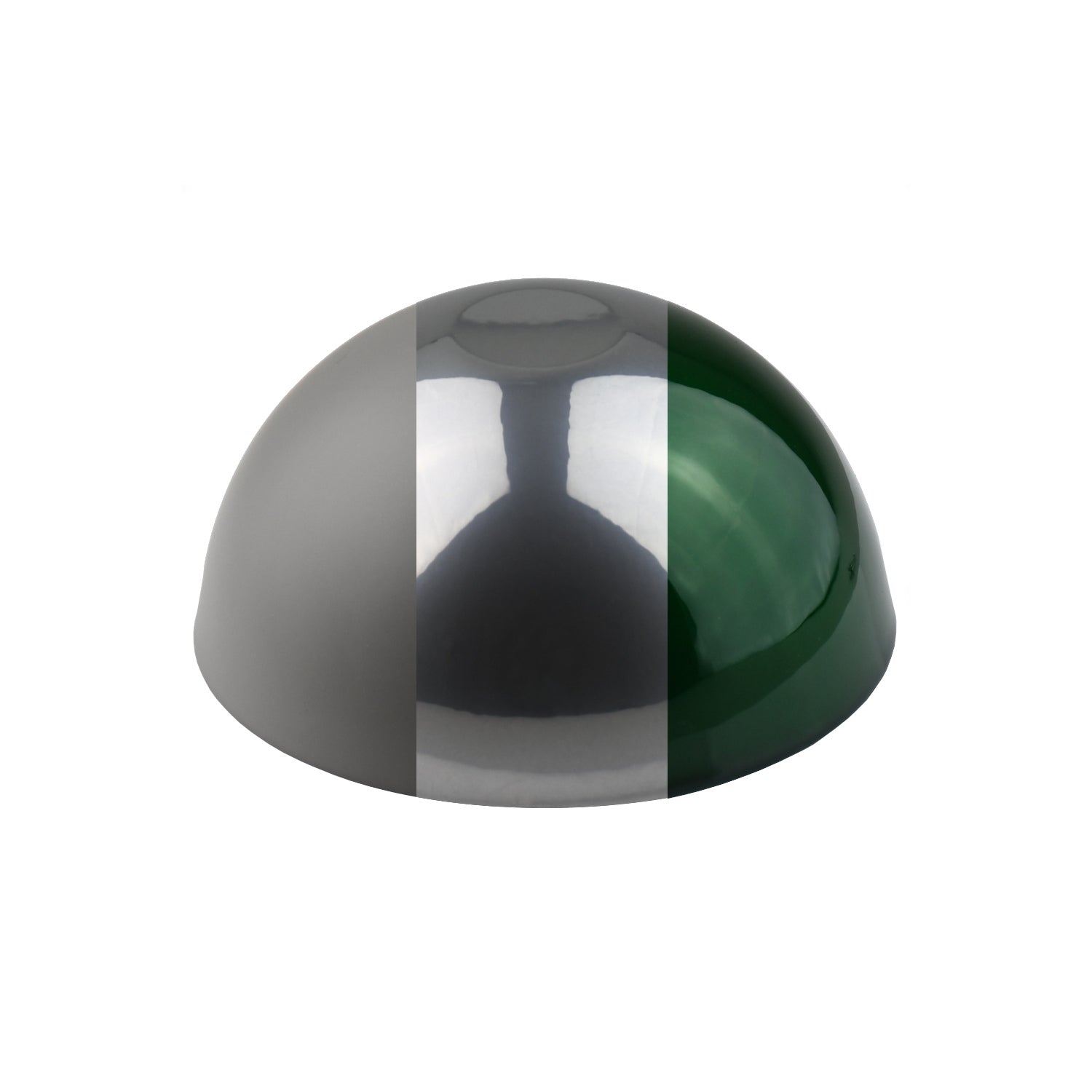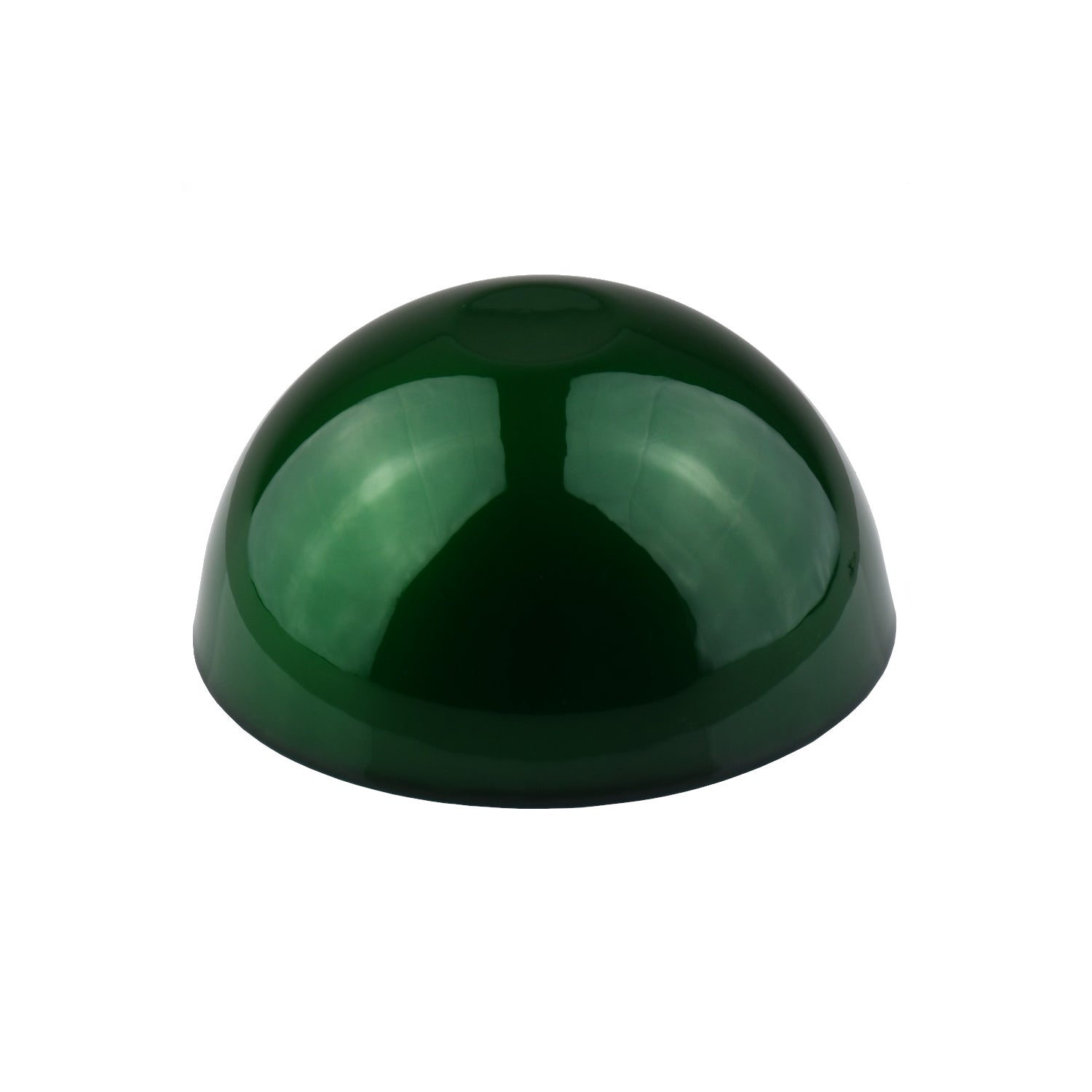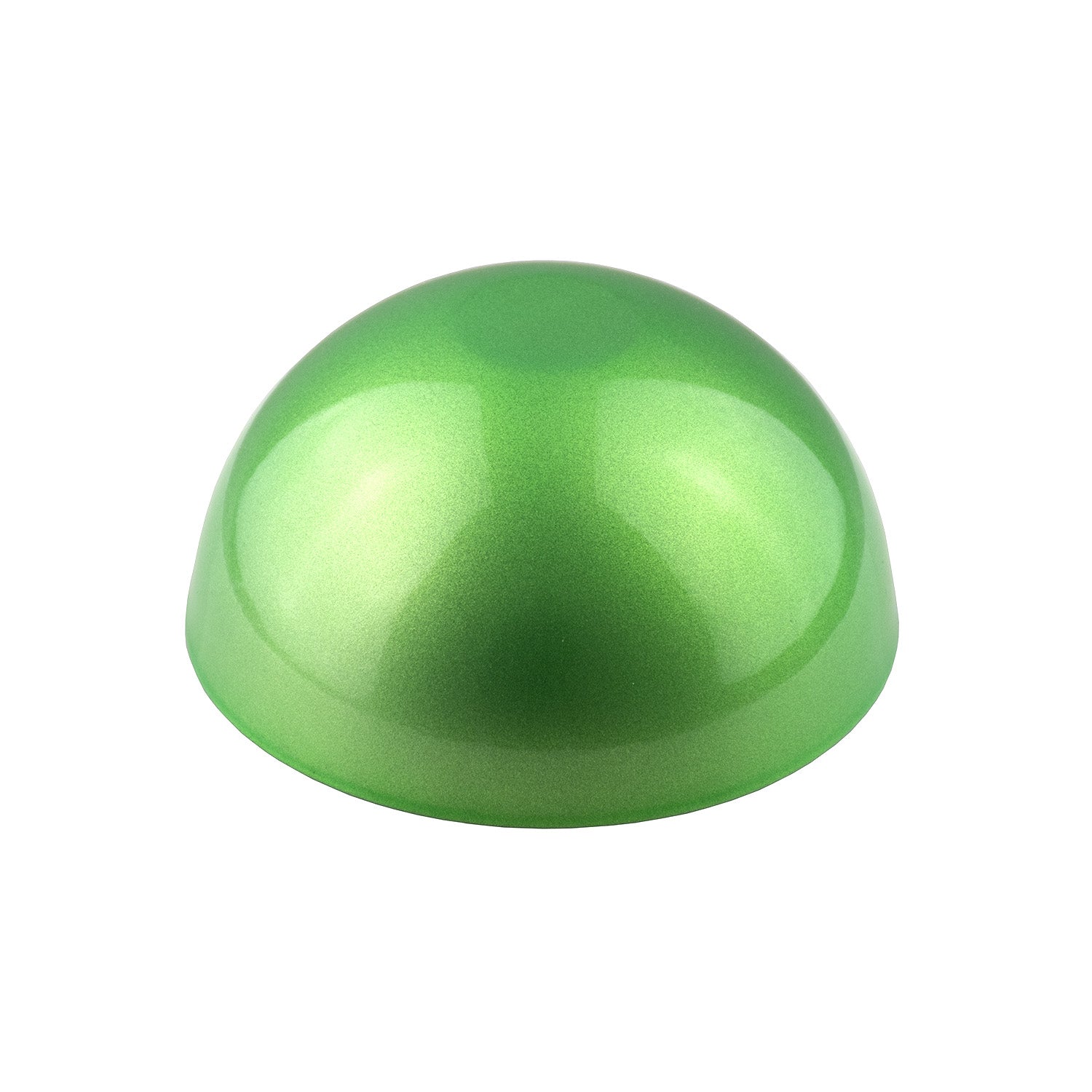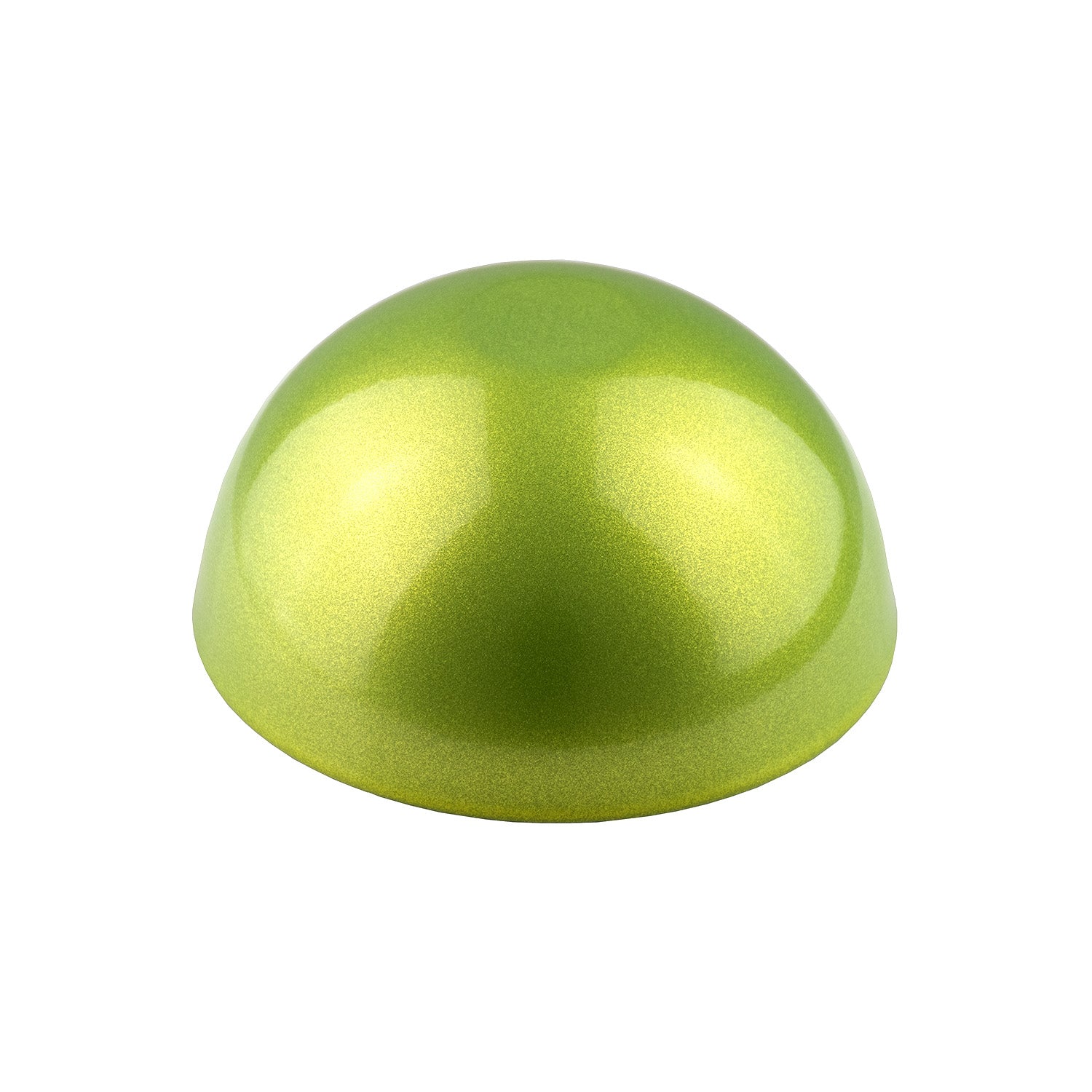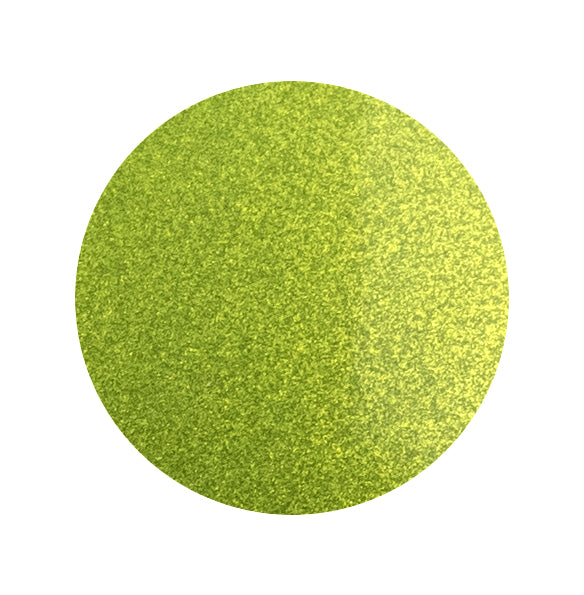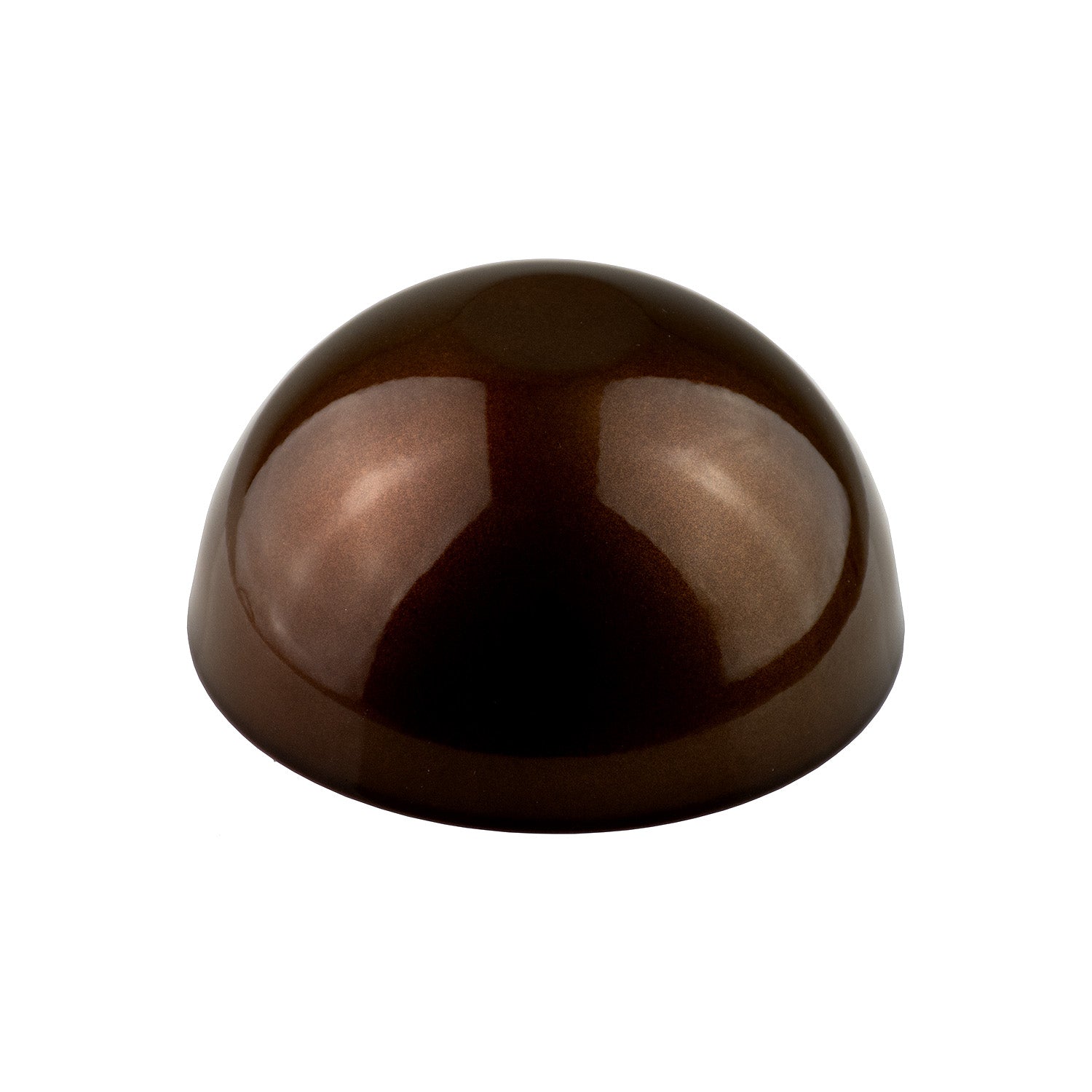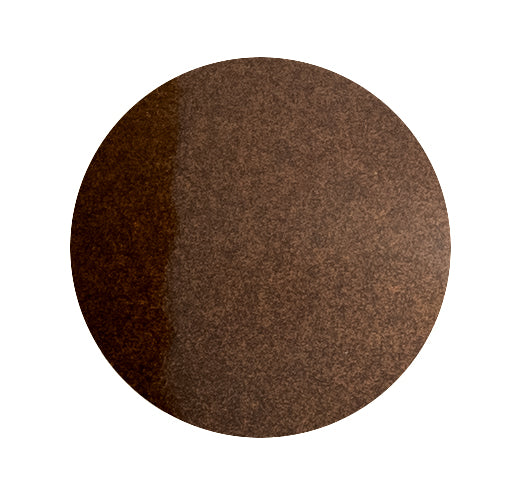Candy Gold Set
Options
Candy Red Set
Options
Candy Blue Set
Options
Candy Purple Set
Options
Berry Blast
Options
Cherry Bomb
Options
Metallic Ocean
Options
Candy Copper Set
Options
Candy Smoke Black Set
Options
Candy Turquoise Set
Options
Candy Orange Set
Options
Forest Fire
Options
Sparkling Cyan
Options
Candy Green Set
Options
Electric Lime
Options
Toxic Tonic
Options
Cocoa Sparkle
Options
How are powder coating glazes correctly applied?
Powder coating glazes offer a unique way to enhance surfaces by combining the benefits of powder coating with the aesthetic appeal of glazes. This technique allows you to create transparent or translucent color effects on metal and sometimes other material surfaces, while leaving the underlying structure visible. Here are some specialized tips for working with powder coating glazes:
1. Preparation of the substrate
- Cleanliness is crucial : Ensure the surface is thoroughly cleaned and free of oils, grease, dirt, oxidation, and other contaminants. Pre-treatment, such as sandblasting, may be necessary to ensure optimal adhesion and to create a clean, rough surface.
- Preheating : In some applications, preheating the substrate before applying the glaze can be helpful to achieve a more uniform layer thickness and better adhesion.
2. Selection and mixing of the glaze
- Product Specifications : Choose powder coating finishes specifically formulated for the desired effect and application conditions. The selection should be based on the end use, required durability, and desired appearance.
- Mixing ratios : When using mixes, it is important to follow the correct ratios and mixing techniques to ensure consistency and color accuracy throughout the project.
3. Application technology
- Even application : Use an electrostatic spray gun to apply an even coat of powder coating. This technique requires practice to achieve even coverage without over-piling or thin patches.
- Layer thickness : Carefully control the layer thickness, as it affects transparency and the final finish. Layers that are too thick can result in reduced transparency, while layers that are too thin may not achieve the desired shade.
4. Curing process
- Curing Conditions : Follow the specific curing conditions specified by the powder coating manufacturer, including temperature and oven time. Insufficient or excessive curing may compromise adhesion, durability, and appearance.
- Inspection : After curing, the coating should be checked for uniformity, adhesion and the desired effect.
5. Security measures
- Protective clothing : Wear appropriate personal protective equipment, including respirators to avoid inhalation of powder particles, as well as safety glasses and gloves.
- Ventilation : Ensure good ventilation in the work area to minimize the accumulation of powder particles in the air.
6. Post-processing and quality control
- After curing, additional steps may be required to complete the finish, such as polishing or applying a protective coating, depending on the specific application and project requirements.
Working with powder coatings requires precision and care to achieve the best results. The ability to combine transparent effects with the durability and strength of a powder coating offers significant advantages for a wide range of applications. By following proven processes and techniques, you can create high-quality, durable, and aesthetically pleasing finishes.


